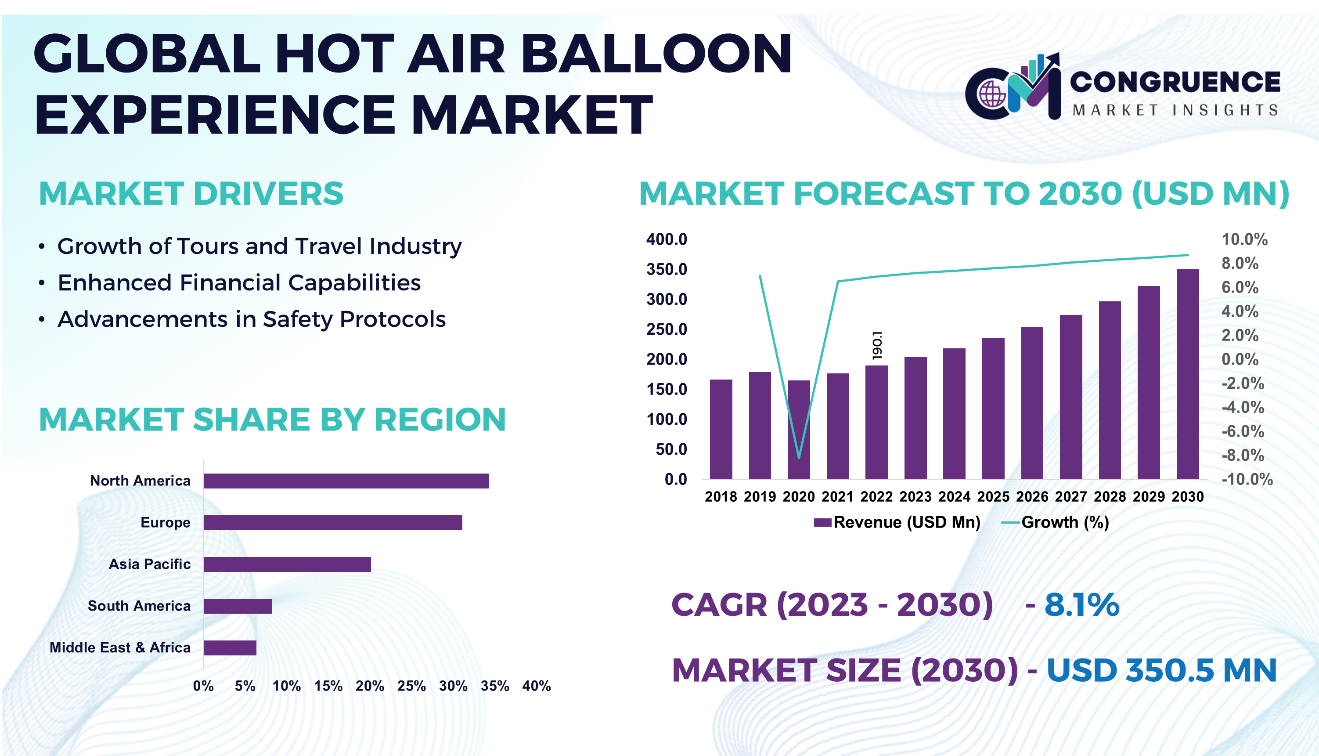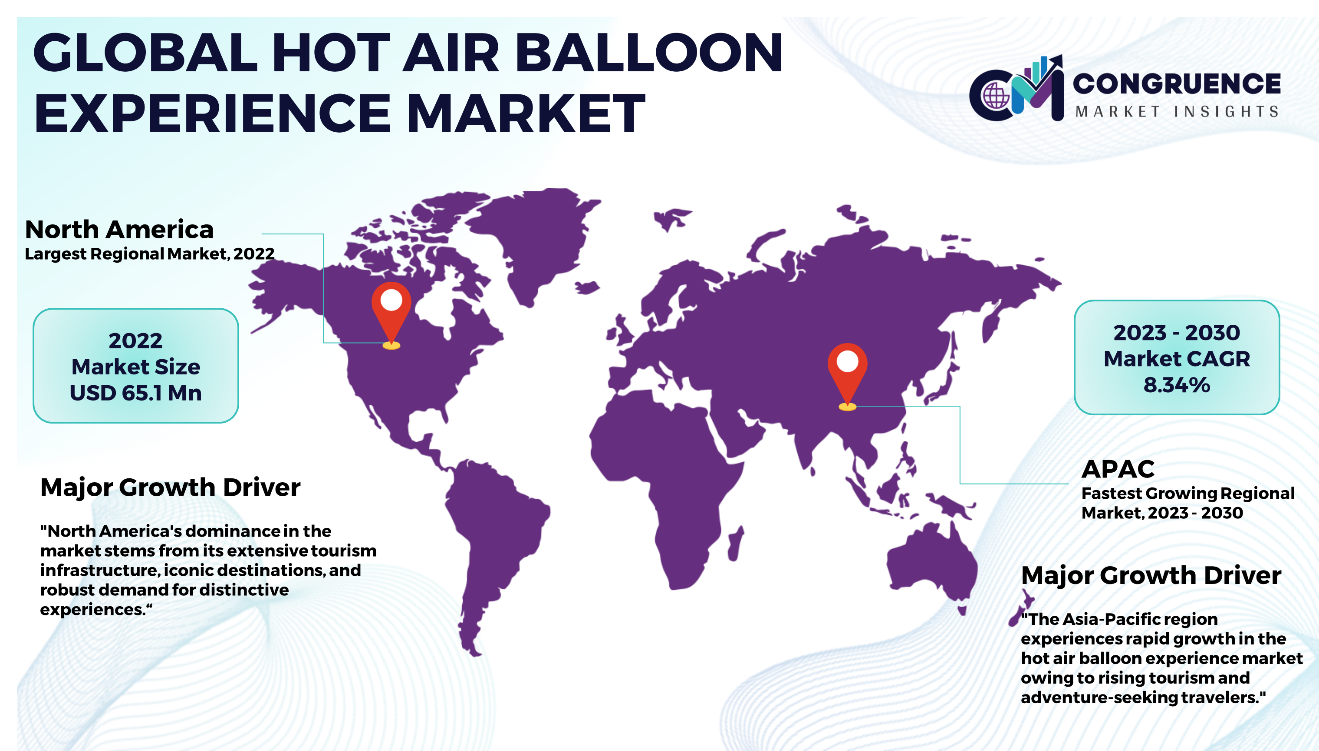Reports
The Global Cleanroom Equipment Market was valued at USD 3,650.4 Million in 2022 and is anticipated to reach a value of USD 7,339.3 Million by 2030 expanding at a CAGR of 9.2% between 2023 and 2030.
The purpose of cleanroom equipment is to keep extremely delicate cleanroom settings free of contaminants and pollutants. The size of the cleanroom and the maximum amount of particulate matter per air volume are the main factors used to categorize them. Different kinds of cleanrooms are categorized using legal criteria including the Pharmaceutical Cleanroom Classifications, Federal Standard 209, British Standard 5295, and ISO Standard. Furthermore, the existence of an extensive array of categories utilized by many nations has increased the necessity for standardizing cleanroom classifications; as a result, the International Standards Organization has produced standardized classifications. Among the main factors expected to drive market growth is the increased need for cleanroom technology in manufacturing facilities across numerous sectors. Numerous factors, including product flow, raw materials, equipment, and labor, have the potential to pollute the whole production cycle, which might lead to contaminating the final product. It is anticipated that cleanroom technology will become more widely used to guarantee the sterility of both the finished product and the whole production process. One of the essential components of the biotechnology and healthcare sectors is cleanroom technology.

Cleanroom Equipment Market Major Driving Forces
Growing Need for Sophisticated Cleanroom Technology: Effective regulation and contamination minimization are the goals, since there is a growing need for sophisticated cleanroom technology in a variety of sectors where strict contamination control is essential to guarantee the safety and efficacy of products and processes. This entails keeping exact control over the concentrations of aerosols, vaporized particles, dust, and airborne microbes per cubic meter.
An Increase in mRNA Vaccines: Sterile processing is a must for all mRNA-based vaccinations now under development. In addition, the pandemic raised the need for gloves and PPE kits, which in turn raised PPE kit manufacturing and supported the market's expansion.
Rising Demand for Electronic Products: Cleanroom technology suppliers are seeing a rise in business as a result of the rising demand for electronics. Consequently, governments in both developed and developing countries are making great efforts to ensure that there are enough cleanrooms to manage any shortage issue that may arise at home.
Increase in Contagious Diseases: The rising incidence of infectious illnesses including COVID-19, influenza, dengue, and others is predicted to drive up the need for cleanroom technologies. It is anticipated that when these infectious illnesses become more common, there will be a greater need for mitigation strategies.
Cleanroom Equipment Market Key Opportunities
Pharmaceutical and Biotechnology Industries: Rise in the prominence of the pharmaceutical and biotechnological industries has presented a significant opportunity for the cleanroom equipment market to grow. The requirement for keeping sterile conditions in biological processing and medication manufacturing presents substantial prospects for cleanroom equipment market.
Semiconductor and Electronic Industries: The need for many semiconductor integrated circuits (ICs) and various electronic devices has resulted from technological advancements. Cleanrooms are required for the manufacture of these pieces of equipment, which presents a great growth prospect.
New Frontiers in the Life Sciences and Biomedical Fields: The life sciences and biomedical research sectors are expanding, which presents prospects for providers of cleanroom equipment. In cutting-edge sectors where contamination-free settings are essential, such as tissue engineering and genetic research, cleanroom facilities play a crucial role.
Cleanroom equipment market Key Trends
· Emergence of robotics and automation boost production and efficiency in cleanrooms as well, producing goods of a higher caliber. Cleanroom usage is expected to rise globally as a result of these technical advancements in cleanroom technology, which will expand the market. Robotics allows lesser human intervention and hence eliminating the possibility of contamination.
· AI-enabled cleanroom solutions are also becoming more and more popular as they provide real-time visibility and control over cleanroom conditions.
· The usage of specialist cleanroom equipment is becoming more and more crucial due to the growing demand for high-quality products, especially in sectors like pharmaceuticals and medical devices.
· Strict quality standards are required in the aerospace and military sectors, and cleanroom equipment is necessary for producing delicate parts and machinery. As more sophisticated materials and technologies are developed, there is going to be a greater need for cleanrooms in the aerospace and military industries.
Region-wise Market Insights
North America accounted for the largest market share at 35.6% in 2022 whereas, Asia Pacific is expected to register the fastest growth, expanding at a CAGR of 4.3% between 2023 and 2030.

With the biggest market share of USD 1339.7 million in 2022, North America leads the market. The main factors driving growth in this region include the existence of sizable pharmaceutical and medical device businesses, a sophisticated healthcare system, and a notable rise in consumer awareness of nutraceuticals and cosmeceuticals. Moreover, there is an increasing requirement for cleanroom technology due to strict clearance criteria, like those in the US, for healthcare products. Asia Pacific is expected to have the fastest market growth rate in 2022, at 10.2%. Emerging nations in Asia are potential markets for cleanroom technology businesses due to the growing number of pharmaceutical companies, the low quality of regulatory legislation, and government measures to support local manufacturing. A variety of reasons have contributed to the rise in cleanroom technology in Europe, including investment from tech businesses drawn to the region by its thriving semiconductor and medical technology sectors. By utilizing state-of-the-art medical technology, these investments also support advances to the healthcare system; many nations are actively involved in these advancements.
Market Competition Landscape
The intense rivalry among several players is a defining feature of the global cleanroom equipment market. Important firms in the market for cleanroom equipment employ tactics meant to provide them with a competitive advantage. In order to adapt to changing customer tastes, these methods include product innovation, design distinction, and the use of eco-friendly and sustainable materials. Established companies rely on their quality and dependability reputation to hold onto market share, while more recent competitors concentrate on disruptive technologies and USPs.
Key players in the global cleanroom equipment market implement various organic and inorganic strategies to strengthen and improve their market positioning. Prominent players in the market include:
· Thermo Fisher Scientific Inc.
· Illinois Tool Works Inc. (ITW)
· Kimberly-Clark Corporation
· Ecolab Inc.
· DuPont de Nemours, Inc.
· Clean Air Products
· Azbil Corporation
· Taikisha Ltd.
· Airex Filter Corporation
· M+W Group
· Bouygues Group
· Royal Imtech N.V. (now part of Vinci Energies)
· Azbil Telstar S.L.
· CWS-boco International GmbH
· Camfil Group
· Labconco Corporation
· Connect 2 Cleanrooms Ltd.
· Micronclean Ltd.
· AES Clean Technology, Inc.
· Taeyoung Engineering & Construction Co., Ltd.
American company Thermo Fisher Scientific Inc. provides services related to biotechnology, pharmaceuticals, laboratory equipment, life sciences solutions, and specialized diagnostics. Thermo Electron and Fisher Scientific merged to establish Thermo Fisher, a Waltham, Massachusetts-based company, in 2006. It provides a broad range of scientific products and services, including cleanroom equipment. Their offerings include cleanroom workstations, furniture, and monitoring systems.
|
Report Attribute/Metric |
Details |
|
Market Revenue in 2022 |
USD 3,650.4 million |
|
Market Revenue in 2030 |
USD 7,339.3 million |
|
CAGR (2023 – 2030) |
9.2% |
|
Base Year |
2022 |
|
Forecast Period |
2023 – 2030 |
|
Historical Data |
2018 to 2022 |
|
Forecast Unit |
Value (US$ Mn) |
|
Key Report Deliverable |
Revenue Forecast, Growth Trends, Market Dynamics, Segmental Overview, Regional and Country-wise Analysis, Competition Landscape |
|
Segments Covered |
· By Industry Vertical (Pharmaceuticals, Semiconductor, Healthcare, Aerospace, Food) · By Types of Equipment (HVAC Systems, Filters, Consumables, Furniture, Monitoring Systems, Laminar Flow Systems) · By Controlled Environment Type (Cleanrooms, Operating Rooms, Isolators/Containment Systems, Critical Environment Facilities, Microbiology Laboratories) |
|
Geographies Covered |
North America: U.S., Canada and Mexico Europe: Germany, France, U.K., Italy, Spain, and Rest of Europe Asia Pacific: China, India, Japan, South Korea, Southeast Asia, and Rest of Asia Pacific South America: Brazil, Argentina, and Rest of Latin America Middle East & Africa: GCC Countries, South Africa, and Rest of Middle East & Africa |
|
Key Players Analyzed |
Thermo Fisher Scientific Inc., Illinois Tool Works Inc. (ITW), Kimberly-Clark Corporation, Ecolab Inc., DuPont de Nemours, Inc., Clean Air Products, Azbil Corporation, Taikisha Ltd., Airex Filter Corporation, M+W Group, Bouygues Group, Royal Imtech N.V. (now part of Vinci Energies), Azbil Telstar S.L., CWS-boco International GmbH, Camfil Group, Labconco Corporation, Connect 2 Cleanrooms Ltd., Micronclean Ltd., AES Clean Technology, Inc., Taeyoung Engineering & Construction Co., Ltd. |
|
Customization & Pricing |
Available on Request (10% Customization is Free) |
